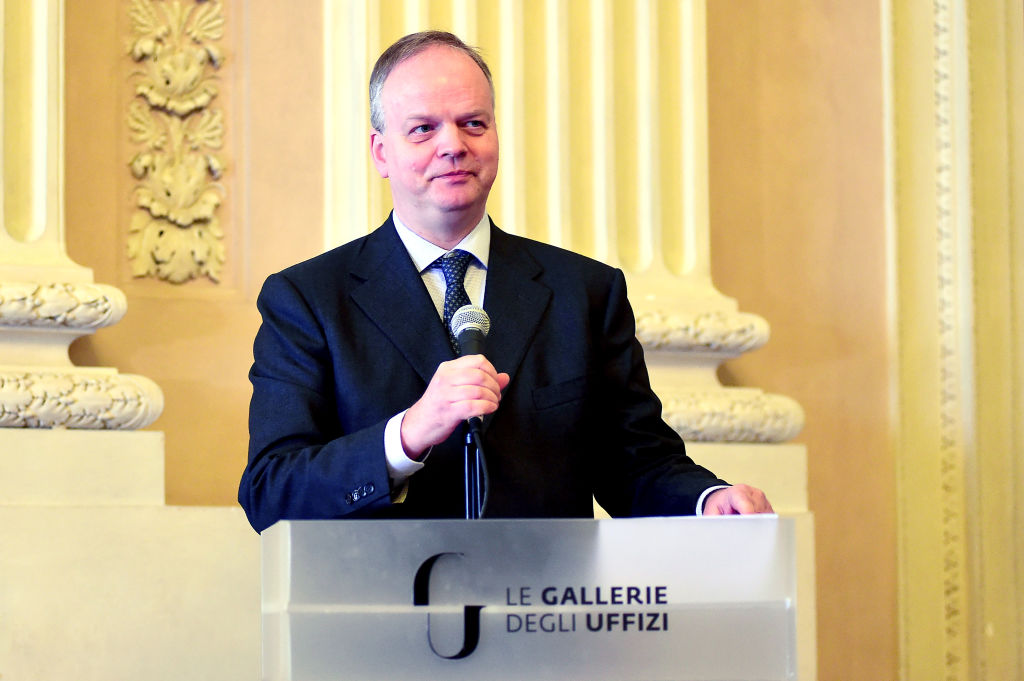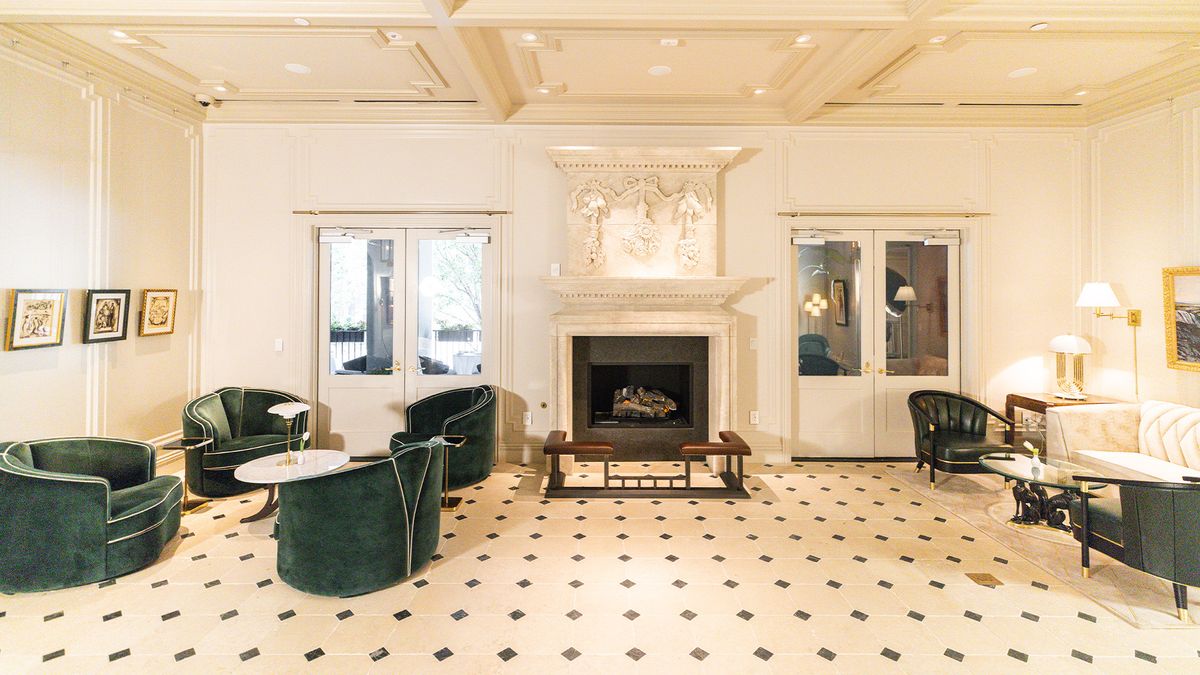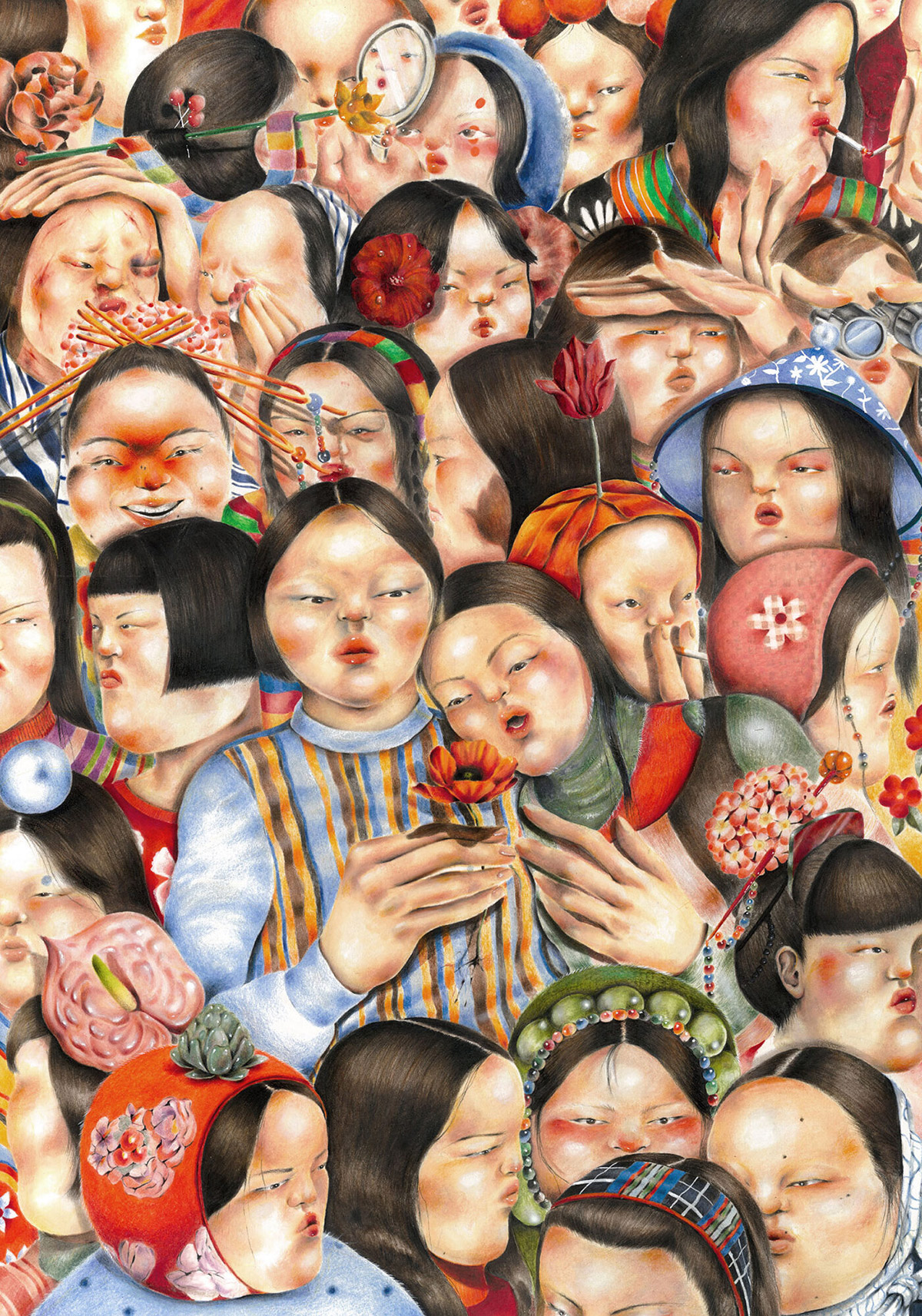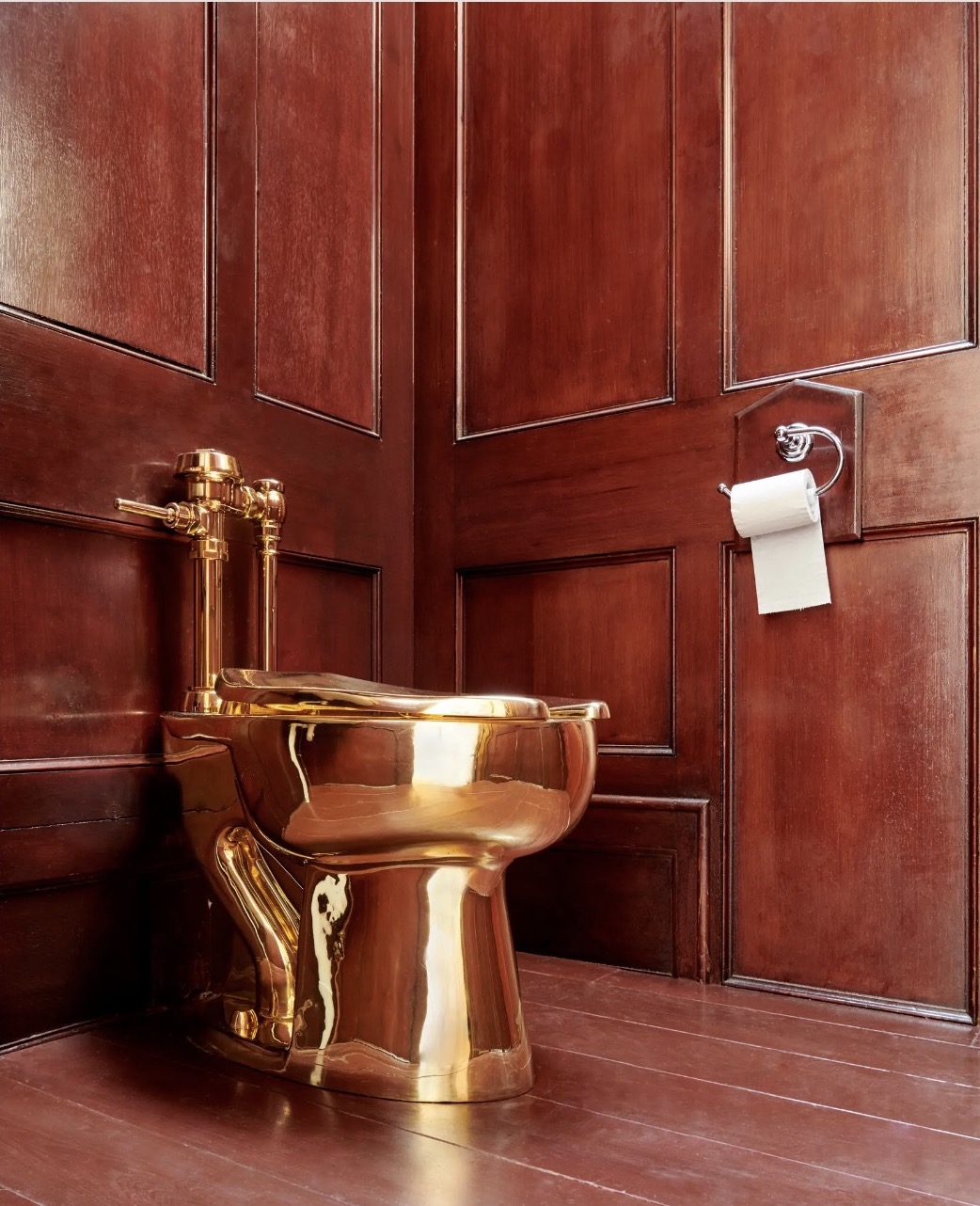Solo
2003 - Installation (Installation)
Pascal Grandmaison
Solo (2003) is a video exhibited as a video/sound installation depicting shots of drum, voice, guitar, clavier/synthesizer, and a melodica player cut into segmented fragments from the perspective of a studio recording set. Rather than deploying a narrative strategy, Grandmaison focuses on the gestures of the musicians and the repetitions they carry out when recording their individual tracks. The musicians are portrayed nodding, dancing, improvising, strumming, creating resonance that is repeated over and over– however, Grandmaison is sure not to document their entire faces or expressions while they perform, just details. Similar to that of a “jam,” close attention is granted to the exertion of the camera and how it portrays the framing of sequences. What one can pick up from the segments, especially those of voice recording, is a modified reworking of Anne Clark’s 1980’s track “Sleeper in the Metropolis.”
Marked by an apparent austerity and meticulousness, Pascal Grandmaison’s works display a disconcerting aloofness from the world, a clearly asserted detachment from reality. The subjects that interest the artist primarily deal with the means by which humans try to grasp their world, both visually and intellectually. The artist employs photography, video, and sculpture in order to compose a vision of what some have termed “troubling strangeness.” Overturning conventional codes of visual analysis, Grandmaison focuses on inanimate subjects that, once disassociated from their familiar environment, are re-contextualized through his cold gaze. His depictions do not exist as stories instead he reverses viewpoints and inverts color codes. His photographs and video works are generally black and white, giving them a monotone feel. A constant visual repetition in his work is his rigorously impersonal gaze. As a keen observer, he meticulously scrutinizes the world around him, analyzing it through the lens of a camera. Grandmaison is interested in the appearance of things and non-beings and, more rarely, of beings themselves. When human figures do appear in his work, they are presented in an inexpressive, impassive, distant way, equated to the role of an object. Pascal Grandmaison was born in Montreal, Canada, in 1975.
Colors:
Related works sharing similar palette

© » HYPERALLERGIC
Beauty and Danger in the Art of Ambreen Butt Skip to content Ambreen Butt, "Arsenal of Ambiguity" (2023), tea, coffee, watercolor, and collage on tea-stained paper, 44 x 30 inches (all images courtesy Gallery Wendi Norris) SAN FRANCISCO — Ambreen Butt: Lay Bare My Arms at Gallery Wendi Norris combines collage and text with traditional South Asian miniature painting to create energetic works that radiate delicate beauty, underpinned by a pervasive threat of violence...

© » HYPERALLERGIC
Women Are the Post-Apocalyptic Future Skip to content Dana Schutz, "Civil Planning" (2004), oil on canvas (all photos Ela Bittencourt/ Hyperallergic ) BERLIN and PARIS — In recent years, impending ecological apocalypse has spurred a number of contemporary artists to visualize fears of an environmental collapse...
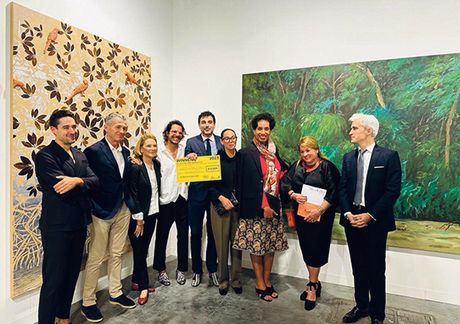
© » THEARTNEWSPER
Colombian artist Daniel Otero Torres wins French art prize Art market Museums & heritage Exhibitions Books Podcasts Columns Technology Adventures with Van Gogh Search Search Art Basel in Miami Beach 2023 news Colombian artist Daniel Otero Torres wins French art prize CPGA-Etant donnés Prize is awarded to artists either from or working in France Carlie Porterfield 8 December 2023 Share Mor Charpentier’s Alex Mor and Philippe Charpentier (fourth and fifth from left) collect Otero Torres’s prize Courtesy French Professional Committee of Art Galleries (CPGA) and Villa Albertine The Colombian artist Daniel Otero Torres, who lives and works in Paris, has been named the winner of this year’s CPGA-Etant donnés Prize, awarded by two French art bodies to promote France’s art scene to international audiences at Art Basel in Miami Beach, among other venues...

© » KADIST
Online Seminar: Frequencies of Tradition With Anselm Franke, Ho Tzu Nyen, Chia Wei Hsu, Yuk Hui, siren eun young jung, Jane Jin Kaisen, Ayoung Kim, Hyunjin Kim, Hwayeon Nam, Emily Wilcox, and Soo Ryon Yoon The Times Museum and KADIST present three online sessions that consider tradition as a contested space, where one can critically reflect on Asian modernization and the Western canon...
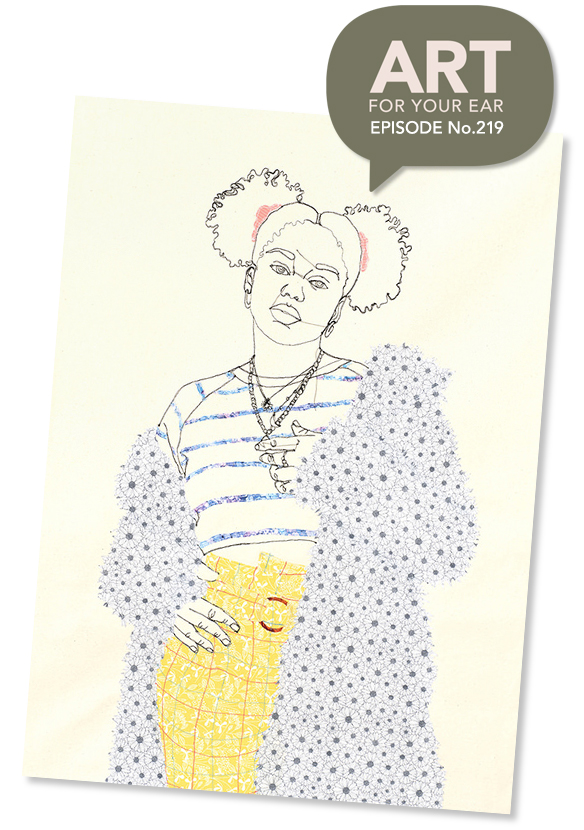
© » THE JEALOUS CURATOR
Yes, Toronto based Bahamian artist Gio Swaby is back on the podcast! I only had her on seven months ago, but since then her career has exploded… clearly, we need to hear everything! From articles in the New York Times and interviews on oprah.com, to five (FIVE!) museums acquiring her work! Also, can we talk […]...

© » KADIST
Yoshua Okón
2009Canned Laughter was Okón’s response to an invitation from Ciudad Juárez , Mexico, where artists were asked to create works based on their experience of the city...
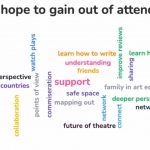
© » ARTS EQUATOR
Expand, Exchange, and Beyond: A reflection of the Asian Arts Media Roundtable 2021 at SIFA | ArtsEquator Thinking and Talking about Arts and Culture in Southeast Asia ArtsEquator Viewpoints June 9, 2021 By Gladhys Elliona It was a laid-back day at the end of April, when I got the email from ArtsEquator informing me that I had gotten into the Asian Arts Media Roundtable (AAMR) at the Singapore International Festival of Arts 2021...
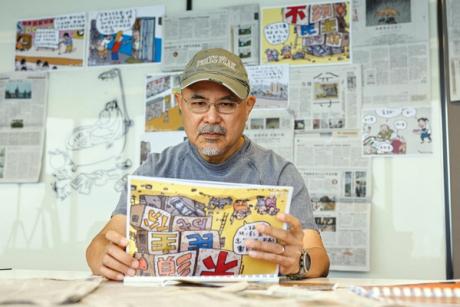
© » THEARTNEWSPER
Those who stay: the Hong Kong artists fighting for a brighter future Art market Museums & heritage Exhibitions Books Podcasts Columns Technology Adventures with Van Gogh Search Search Hong Kong analysis Those who stay: the Hong Kong artists fighting for a brighter future Despite governmental intimidation of arts entities, the high cost of living and the lure of better opportunities abroad, many artists are choosing to remain in the city Lisa Movius 5 February 2024 Share The satirical cartoonist Wong Kei-kwan, who uses the pen name Zunzi, had his comic strip in the Hong Kong newspaper Ming Pao cancelled following government pressure, but he continues to live in the city Photo: Reuters/Tyrone Siu Some call it the great exodus: the family company owners, the bankers and the expatriate businesspeople departing Hong Kong in droves during and since the Covid-19 years...


